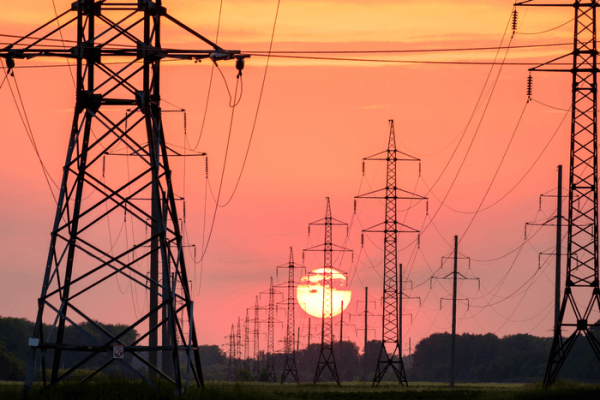Over the past four decades, the time between tropical storms making landfall in the Gulf Coast has been getting shorter. By the end of the century, Louisiana and Florida could be twice as likely to experience two tropical storms that make landfall within nine days of each other, according to new model estimates.
As global climate changes, more tropical storms have been packed into a single hurricane season, which in the Gulf region typically runs from June through November. The time between storms in the region is shrinking, according to new findings published in the AGU journal Geophysical Research Letters, which publishes high-impact, short-format reports with immediate implications spanning all Earth and space sciences.
Florida and Louisiana are most likely to experience “sequential landfall,” where one hurricane moves over land faster than infrastructure damaged in a previous storm can be repaired. The researchers estimate this timescale between hurricanes to be 10 days for those states. Being hit by two storms in quick succession gives communities and infrastructure less time to recover between disasters — a significant problem for a region with a swelling population that has struggled to recover following previous natural disasters.
“In previous research, people have mostly focused on the resilience of infrastructure, [rather than] the time to restore it after a storm,” said Dazhi Xi, a climate scientist at Princeton University who led the study.
Read more at: American Geophysical Union
Louisiana and Florida are the states with the highest risk for back-to-back hurricanes, which can exacerbate infrastructure damage and slow recovery times, according to new research in Geophysical Research Letters. (Photo Credit: Andrey Metelev)


